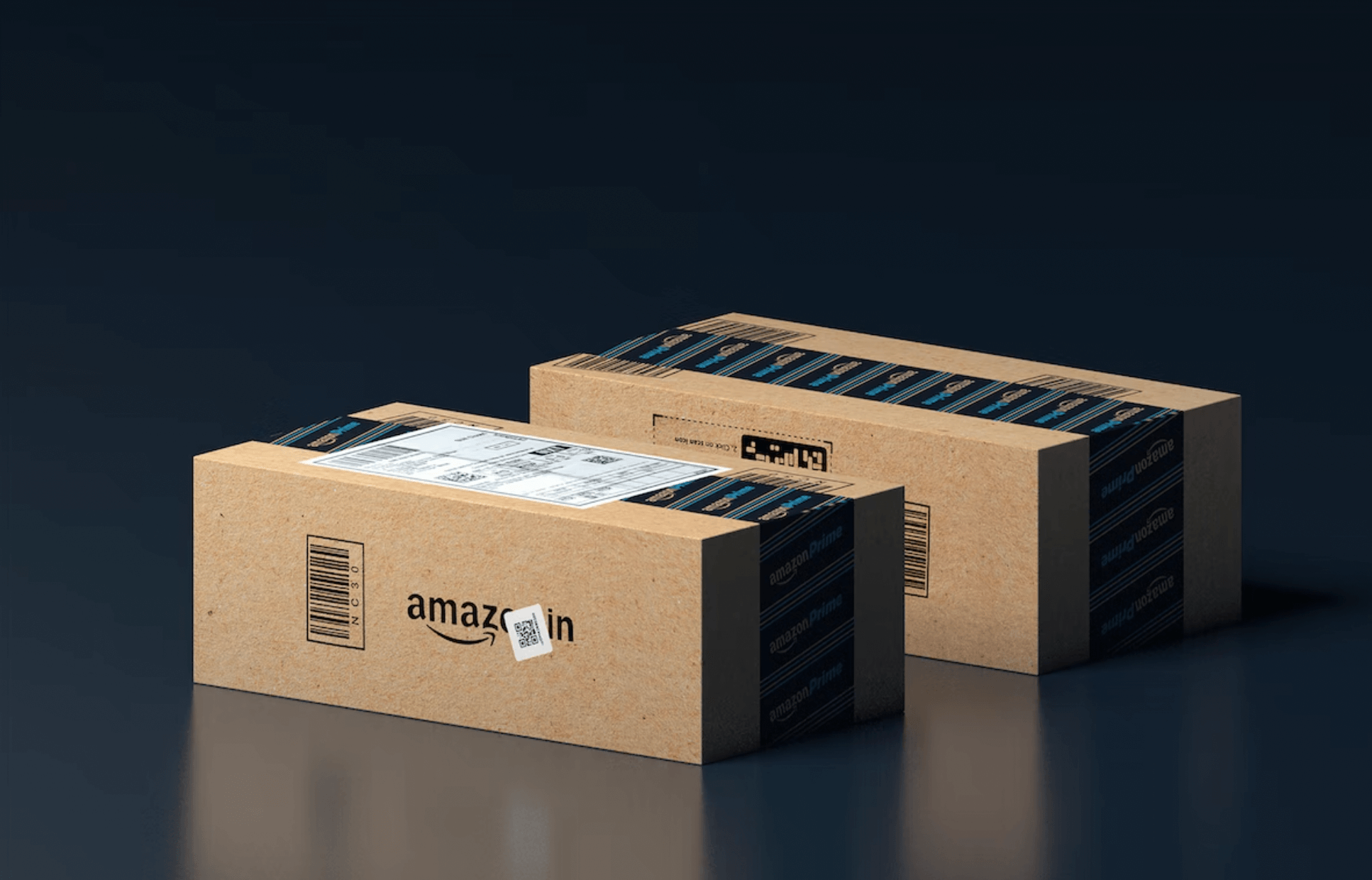Vendor Central vs. Seller Central: Which one should I choose for my business?
What is Seller Central?
Amazon Seller Central allows “third parties” (third-party sellers) to use Amazon as a marketplace, to list products there and to sell them independently. They have full control over their product listing and price. In addition, retailers also have the option of using Amazon (FBA, Fulfillment by Amazon) for shipping. Amazon will take off the storage, packaging and shipping. The goods, however, belong to the dealer at all times and are only available in Amazon’s warehouses until they are sold and processed.
What is Vendor Central?
A retailer that sells via Amazon Vendor Central is called a first-party retailer. Products are handled like a supplier and sold on Amazon in large quantities. After the sale Amazon becomes the owner of the goods and takes over the responsibility for marketing, sales and price. This means that the retailer becomes dependent on Amazon. Vendor Central is invitation-only and is primarily intended for major manufacturers and well-known brands.
The three biggest advantages: Why Amazon Vendor Central?
Customer satisfaction?
Many customers trust a first-party seller more than a third-party retailer. “Sold by Amazon” gives you the trust that third-party suppliers lack and the certainty that the ordered goods will arrive.
Marketing opportunities
When vendors sell through Vendor Central, they have the opportunity to participate in different marketing programs such as Subscribe & Save or Amazon Vine.
A+ Content
Retailers who sell through Vendor Central have the possibility to create A+ content on their product page. A+ Content is an extension to the basic product description and offers the possibility to explain further features and advantages of the product and to supplement additional product photos.
The three biggest disadvantages: Why not Amazon Vendor Central?
Sales statistics
Seller Central offers you the opportunity to plan and analyse past and future demand accurately. Merchants who want to order similar analyses from Vendor Central must pay for this service.
Customer service
With the Vendor Central program, customers can not be contacted. In this case, it is not possible to receive or control a customer’s feedback regarding the satisfaction of the delivery. In addition, it can not gather any demographic customer data. The service is completely in Amazon’s hands. If there are any issues with the shipping or quality control, the retailer doesn’t have the possibility of contacting the customer or taking care of the issue personally. Consumers who aren’t satisfied with Amazon’s service may gain a negative impression of the retailer.
Inflexible pricing
Vendor Central is inflexible regarding pricing. The sale of the goods to Amazon also entails the transfer of control over pricing. Amazon chooses the price that seems most reasonable. This does not always have to be in line with the retailer’s own price expectation.
Insights
View all insightsQuestions?
Principal Amazon Retail at DEPT®





